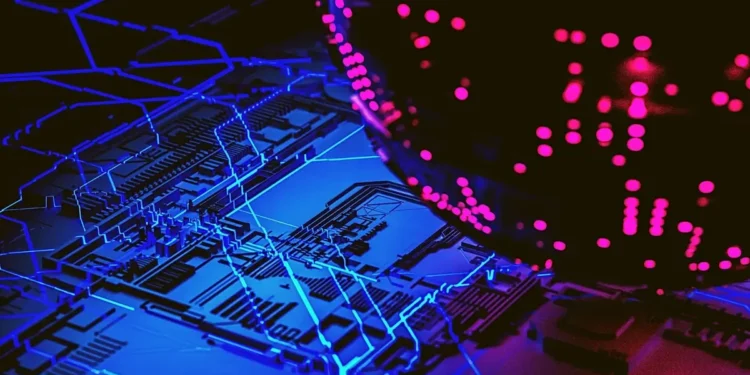In a groundbreaking study published in Nature, researchers from a collaborative international team have unveiled findings that could redefine our understanding of superconductors, potentially accelerating advancements in quantum computing. Investigating the behavior of highly disordered superconductors, specifically indium oxide films, the team discovered that these materials do not follow the gradual transition from superconducting to insulating states as previously believed. Instead, they exhibit abrupt, first-order quantum phase transitions, which significantly deviate from the standard theories of superconductor behavior.

Challenging Established Theories with New Data
The traditional view of superconductors suggests a smooth transition between states. However, the new research demonstrates a stark contrast in indium oxide films, where a sharp drop in superfluid stiffness occurs at a critical disorder level. This stiffness is crucial as it reflects the superconductor’s ability to resist phase distortions—an essential factor in maintaining superconductivity.
“This discontinuous transition sheds light on the role of repulsive interactions between Cooper pairs and the subsequent competition between superconductivity and insulating Cooper-pair glass,” note the researchers in their publication. This phenomenon suggests that the critical temperature of these films, where superconductivity ceases, is influenced more by superfluid stiffness than by the strength of electron pairing, aligning with the pseudogap regime of preformed electron pairs without coherence.
Implications for Quantum Computing
The findings from this study are not just academically intriguing—they have practical implications for the future of quantum computing. Superconductors are pivotal in the development of quantum computers, particularly in the creation of qubits and superinductors, which are key components in quantum circuits. The observed abrupt phase transitions provide new insights into how materials can be engineered to enhance the stability and performance of quantum systems.

Materials that retain Cooper pair formation despite low superfluid stiffness, as observed in the study, could pave the way for more efficient superinductors. These components are essential for shielding qubits from external disturbances and prolonging coherence times, crucial for the practical application of quantum computing technologies.
Exploring New Frontiers in Material Science
The team conducted their research on amorphous indium oxide thin films, meticulously controlling the disorder levels during fabrication. Using advanced microwave spectroscopy, they measured the plasmon spectrum of superconducting resonators made from these films. This method allowed them to precisely determine how superfluid stiffness varies with increasing disorder, leading to the unexpected discovery of the abrupt drop at higher disorder levels.

Looking Ahead: The Road to Refined Models
While the study provides compelling evidence of first-order transitions in disordered superconductors, it also opens up new questions about the mechanisms driving these transitions. The emergence of localized Cooper-pair glass states and the role of repulsive interactions between Cooper pairs demand further investigation.
The research, led by Thibault Charpentier and his team at Université Grenoble Alpes, along with collaborators from Google Research, Karlsruhe Institute of Technology, and other prestigious institutions, calls for a revisitation of established models of quantum phase transitions. Future studies could expand the scope to other superconductors and explore the intricate relationship between material properties, disorder, and quantum phenomena.










